The 13th National Assembly of the Socialist Republic of Vietnam approved the Law on Organization of People’s Courts 2014 at its 8th session on November 24, 2014, which took effect from June 01, 2015 and replaced the Law on Organization of People’s Courts 2002. The Law on Organization of People’s Courts 2014 of Vietnam consists of 11 chapters and 98 articles prescribing functions, duties, powers and organizational structure of people’s courts at all levels as well as duties and powers of Chief Justices, Deputy Chief Justices, judges, Court clerks and examiners.

In comparison with the Law on Organization of People’s Courts 2002, the Law on Organization of People’s Courts 2014 of Vietnam provides the following new regulations:
1. Organizational structure
If according to the Law on Organization of People’s Courts 2002, there are the Supreme People’s Court, the People’s Courts of the provinces and central-affiliated cities, the People’s Courts of the rural districts, urban districts, provincial capitals and provincial cities; military courts and other courts prescribed by law in Vietnam, then according to Article 3 of the Law on Organization of People’s Courts 2014 of Vietnam, organization of people’s courts includes the Supreme People’s Court, superior people’s courts, courts of provinces and central-affiliated cities, courts of rural districts, urban districts, towns, provincial cities and the equivalent and military courts. Thus, superior people’s courts are supplemented to the organization of people’s courts in our country, so that the powers and duties of the People's Courts at all levels also change.
According to Article 18 of the Law on Organization of People’s Courts 2002, the organizational structure of the Supreme People’s Court is composed of the Council of Judges of the Supreme People’s Court, the central military court, the criminal court, civil court, economic court, labor court, administrative court and appellate courts of the Supreme People's Court and the assisting apparatus. According to Article 21 of the Law on Organization of People’s Courts 2014 of Vietnam, appellate courts and specialized courts and military courts are not included in the Supreme People's Court.
1.1. Organizational structure of the Supreme People’s Court
The Supreme People's Court is the highest level of cassation and retrial trial and mainly summarizes trial experience and guides the application of the law. The organizational structure of the Supreme People's Court includes the Judicial Council, the assisting apparatus and training institutions.
According to Article 20 of the Law on Organization of People’s Courts 2014 of Vietnam, the Supreme People’s Court have the following duties and powers:
1. The Supreme People’s Court is the highest judicial body of the Socialist Republic of Vietnam.
The Supreme People’s Court shall review according to the cassation or reopening procedure in accordance with the procedural law judgments and decisions of courts which have taken legal effect and are protested against.
2. To supervise the adjudicating work of other courts, except cases prescribed by a law.
3. To make an overall assessment of adjudicating practices of courts, ensuring the uniform application of law in trial.
4. To train and retrain judges, assessors and other staff of people’s courts.
5. To manage people’s courts and military courts organizationally in accordance with this Law and relevant laws, ensuring independence of courts from one another.
6. To submit to the National Assembly draft laws and resolutions; to submit to the National Assembly Standing Committee draft ordinances and resolutions in accordance with law.
Thus, the Supreme People's Court has no powers or duties of appellate trial, and the scope of trial is also narrower than before. Part of the authority of the previous Supreme People's Court will now be transferred to superior people’s courts. The Supreme People's Court mainly focuses on summarizing trial experience, ensuring uniform application of the law in trial, training other positions of the People's Court, managing the Courts, submitting laws and draft resolutions to the National Assembly and a number of other tasks.
1.2. Organizational structure of superior people’s courts
Superior people’s court is the appellate level and has jurisdiction to adjudicate according to cassation or retrial procedures. The organizational structure of a superior people’s court consists of: the judicial committee; the criminal, civil, administrative, economic, labor, family and juvenile tribunals; in case of necessity, the National Assembly Standing Committee shall decide to establish another specialized tribunal at the proposal of the Chief Justice of the Supreme People’s Court; the assisting apparatus.
In addition to the specialized courts as before, the new law now also stipulates family and juvenile tribunals. This is a new important content of the Law on Organization of People’s Courts 2014 on organizational structure of superior people’s courts. The family and juvenile tribunal is not a "special court" nor an independent Court system but a specialized court within the People's Court system, which is responsible for adjudicating cases and resolving cases related to families and minors. The establishment of family and juvenile tribunals meets objective requirements, is consistent with the development trend of society and the general direction of judicial reform is to use trial as a breakthrough.
Originating from the physiological and psychological characteristics of minors, special handling measures and proceedings are required and from the current reality, the increasing number of marriage and family cases also requires special proceedings. The establishment of family and juvenile tribunals aims to implement the policies and viewpoints of the Party and the laws of the State on family protection and development, protection, care, and education of children in general and handling of minors in violation of the law in particular. This is specific content to implement Vietnam's international commitments on protecting civil and political rights and children's rights recorded in international documents to which Vietnam is a member.
1.3. Organizational structure of people’s courts of provinces and central-affiliated cities
The People's Courts of provinces and central-affiliated cities mainly conduct appellate trials and first-instance trials of some types of cases in cases where the People's Courts of First Instance do not have jurisdiction. The Provincial People's Court does not have the right to appeal but only has the right to propose to the High Chief Justice or with the Chief Justice of the Supreme People's Court to review and appeal against legally effective judgments and decisions.
According to Article 38 of the Law on Organization of People’s Courts 2014 of Vietnam, the organizational structure of a people’s court of a province or centrally run city consists of:
a/ The judicial committee;
b/ The criminal, civil, administrative, economic, labor, and family and juvenile tribunals.
In case of necessity, the National Assembly Standing Committee shall decide to establish other specialized tribunals at the proposal of the Chief Justice of the Supreme People’s Court.
Based on the provision of this Point and requirements of adjudicating practices of each of people’s courts of provinces and central-affiliated cities, the Chief Justice of the Supreme People’s Court shall decide on the organization of specialized tribunals;
c/ The assisting apparatus.
1.4. Organizational structure of people’s courts of rural districts, urban districts, towns, provincial cities and the equivalent
The People’s courts of rural districts, urban districts, towns, provincial cities and the equivalent is the first instance level that hears most types of cases under the jurisdiction of the People's Court. According to Article 45 of the Law on Organization of People’s Courts 2014 of Vietnam, a people’s court of a rural district, urban district, town, provincial city or the equivalent may have criminal, civil, family and juvenile, and administrative handling tribunals. In case of necessity, the National Assembly Standing Committee may decide to establish other specialized tribunals at the proposal of the Chief Justice of the Supreme People’s Court. Based on the provision of this Clause and adjudication requirements and practices of courts of rural districts, urban districts, towns, provincial cities and the equivalent, the Supreme People’s Court shall decide on the organization of specialized tribunals.
According to the above regulations, specialized courts can be established at district-level People's Courts. This is completely new content compared to the Law on Organization of People’s Courts 2002. However, if there are administrative tribunals in superior people’s courts, people’s courts of provinces and central-affiliated cities, then in the District People's Court, if this Court is established, it will have the name called the administrative handling tribunal.
Thus, in comparison with the Law on Organization of People’s Courts 2002, according to which there are only 3 levels including the Supreme People’s Court, courts of provinces and central-affiliated cities and courts of rural districts, urban districts, towns, provincial cities and the equivalent, the Law on Organization of People’s Courts 2014 of Vietnam supplements the Superior people’s courts. Organization of people’s courts according to the new law is more compact than the current organizational structure, which no longer has specialized courts, but the Supreme People's Court's authority is still guaranteed as the highest judicial body of our country.
Superior people’s courts shall conduct appellate trials of cases in which first-instance judgments or decisions of people’s courts of provinces or central-affiliated cities within their territorial jurisdiction which have not yet taken legal effect are appealed or protested against in accordance with the procedural law and conduct trial according to cassation or reopening procedure of cases in which judgments or decisions of people’s courts of provinces, centrally run cities, rural districts, urban districts, towns, provincial cities or the equivalent within their territorial jurisdiction which have taken legal effect are protested against in accordance with the procedural law.
2. Title in the People's Court system
Firstly, in the Court system, the basic positions are Chief Justice, Deputy Chief Justice, judge, Court clerk and examiner. The Chief Justice of the Supreme People’s Court shall be elected, relieved from duty or dismissed by the National Assembly at the proposal of the President. Deputy Chief Justices and judges of the Supreme People's Court are appointed, relieved from duty or dismissed by the President at the request of the Chief Justice of the Supreme People's Court.
The proposed list of appointments of Supreme People's Court judges is drawn up by the Chief Justice of the Supreme People's Court, submitted to the National Assembly for approval, and appointed by the President; Deputy Chief Justices of the Supreme People's Court are appointed by the President from among the Supreme People's Court Judges.
The Law on Organization of People’s Courts 2014 of Vietnam also specifies as follows: Chief Justice of the Supreme People’s Court shall appoint, relieve or dismiss Chief Justices, Deputy Chief Justices of the superior People's Courts; Chief Justices, Deputy Chief Justices of the Provincial People's Court; Chief Justices, Deputy Chief Justices of the District People's Court among the judges appointed by the President.
Secondly, the Law on Organization of People’s Courts 2014 of Vietnam specifies that the number of members of the Judicial Council of the Supreme People’s Court must be between 13 and 17; the number of members of the judicial committee of a superior people’s court must be between 11 and 13; the number of members of the judicial committee shall be decided by the Chief Justice of the Supreme People’s Court at the proposal of the chief justice of the people’s court of the province or central-affiliated city, which must be no more than 9 people.
Thirdly, for the rank of Judge, the Law also stipulates the following new points: judges of people’s courts include: judges of the Supreme People’s Court; high-level judges; intermediate-level judges; primary-level judges. Among the four levels of judges, intermediate judges can be appointed at the district court, unlike the district level where there have only been primary judges for a long time. The first term of a Judge is 5 years. In case of reappointment or appointment to another judge rank, the next term is 10 years. According to regulations, judges of the Courts are appointed, dismissed, and dismissed by the President. This regulation enhances the position and role of judges and creates conditions to ensure greater independence of judges in the trial process. In addition, the law also added conditions and standards for selecting and appointing judges to each rank which stipulates the establishment of a National Judge Selection and Supervision Council chaired by the Chief Justice of the Supreme People's Court to contribute to improving the quality of the judge team.
Fourthly, the Law on Organization of People’s Courts 2014 of Vietnam also specifies that court clerk ranks include: clerks; principal clerks; senior clerks. Thus, in addition to the current secretary position, the law also stipulates the additional positions of principal secretary and senior secretary. In particular, the secretary and main secretary are appointed by the Chief Justice of the Provincial People's Court, while the senior secretary position is appointed by the Chief Justice of the Supreme People's Court.
Fifthly, the Law also adds the title of examiner specified in Article 93 as a person who has worked as a Court secretary for 5 years or more, has been professionally trained as an examiner and is appointed to the rank of examiner. Examiner ranks include: examiners; principal examiners; senior examiners. The positions of examiner and principal examiner are appointed by the chief judge of the Provincial People's Court, and the position of senior examiner is appointed by the chief judge of the Supreme People's Court. The examiner is responsible for examining the files of cases where the Court's judgments and decisions have taken legal effect according to the assignment of the chief judge.
The Law on Organization of People’s Courts 2014 of Vietnam has institutionalized the Party's policies, guidelines and viewpoints on judicial reform, especially Resolution No. 49-NQ/TW, Conclusion No. 79-KL/TW, Conclusion No. 92-KL/TW, Notice No. 181-TB/TW of the Politburo and documents of the 11th Party Congress. Many new and progressive points have been stipulated, contributing to the development of the Vietnamese Court system, which is increasingly perfect and operates effectively, improving the quality of trials. In order for the Law on Court Organization to be implemented, the Court Officer School is urgently completing training programs, rank promotion training, and professional development for Chief Justices, Deputy Chief Justices, judges, Court clerks and examiners.
Source: Court Academy
 Article table of contents
Article table of contents
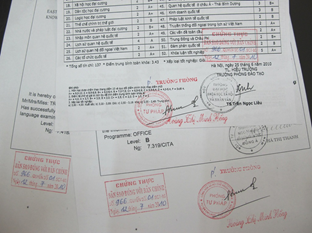
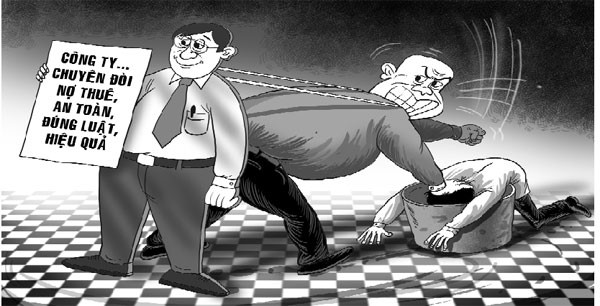
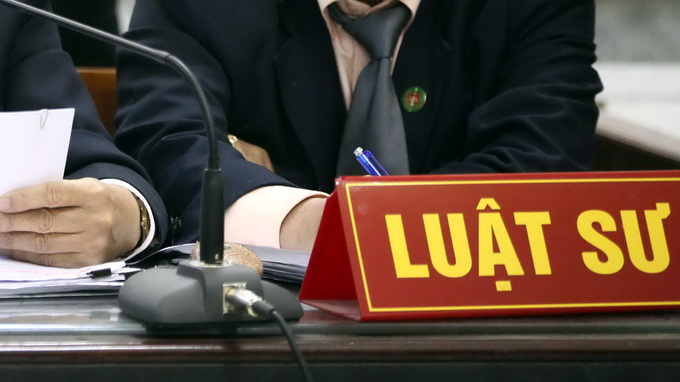
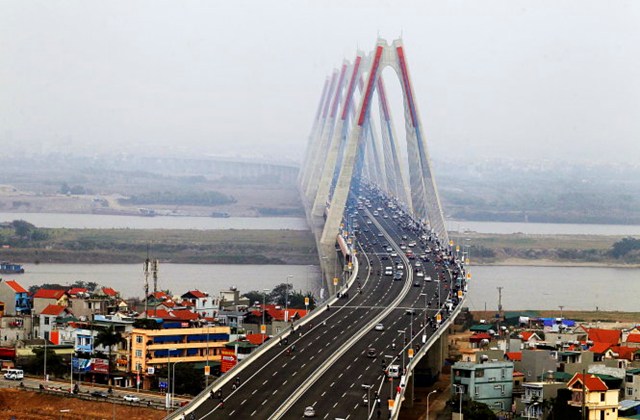
.jpg)
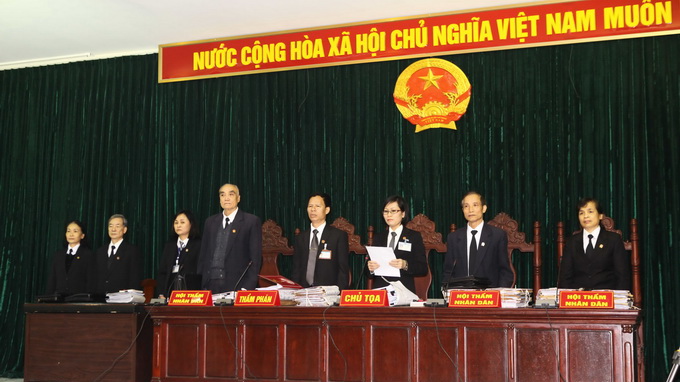
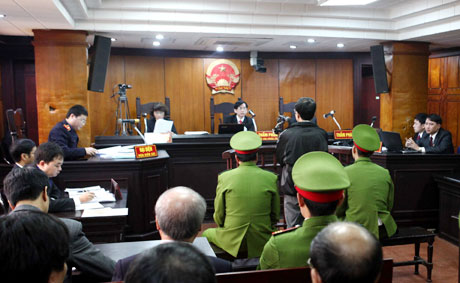
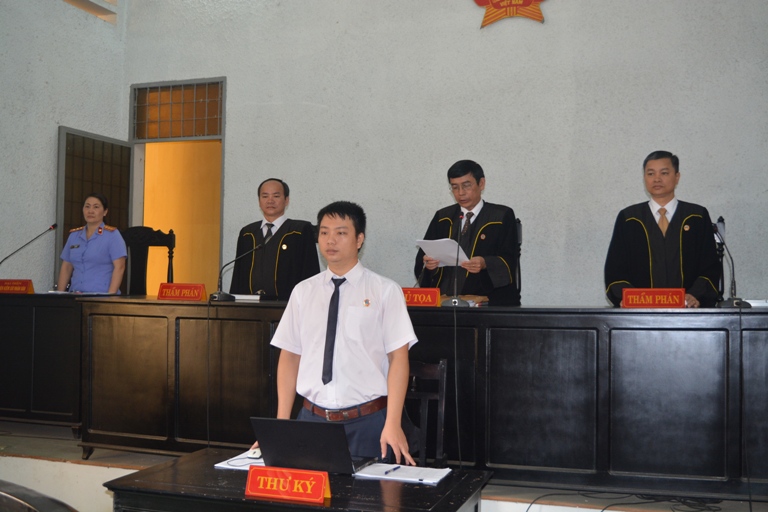
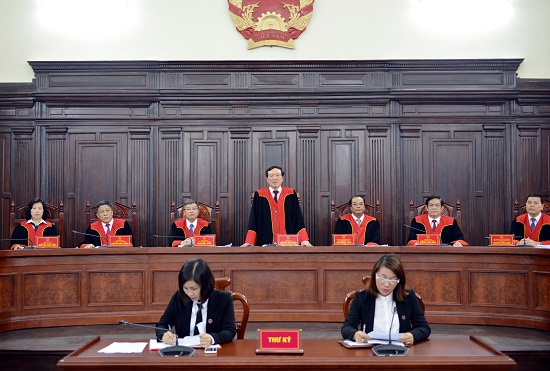

.Medium.png)
.Medium.png)
.Medium.png)
.Medium.png)
